Catalysis, Synthesis & Drug Development
In the ever-evolving realm of catalysis research, multiple teams are driving forward critical advancements. Their collective efforts revolve around exploring novel methodologies to facilitate intricate chemical transformations and promote sustainable synthesis techniques. Further investigations center on the design and implementation of efficient catalytic systems for diverse applications, spanning energy conversion, drug delivery, and environmental sustainability. Concurrently, these groups contribute significantly to the fundamental understanding of surface reactions and their implications in various industrial processes.
hide
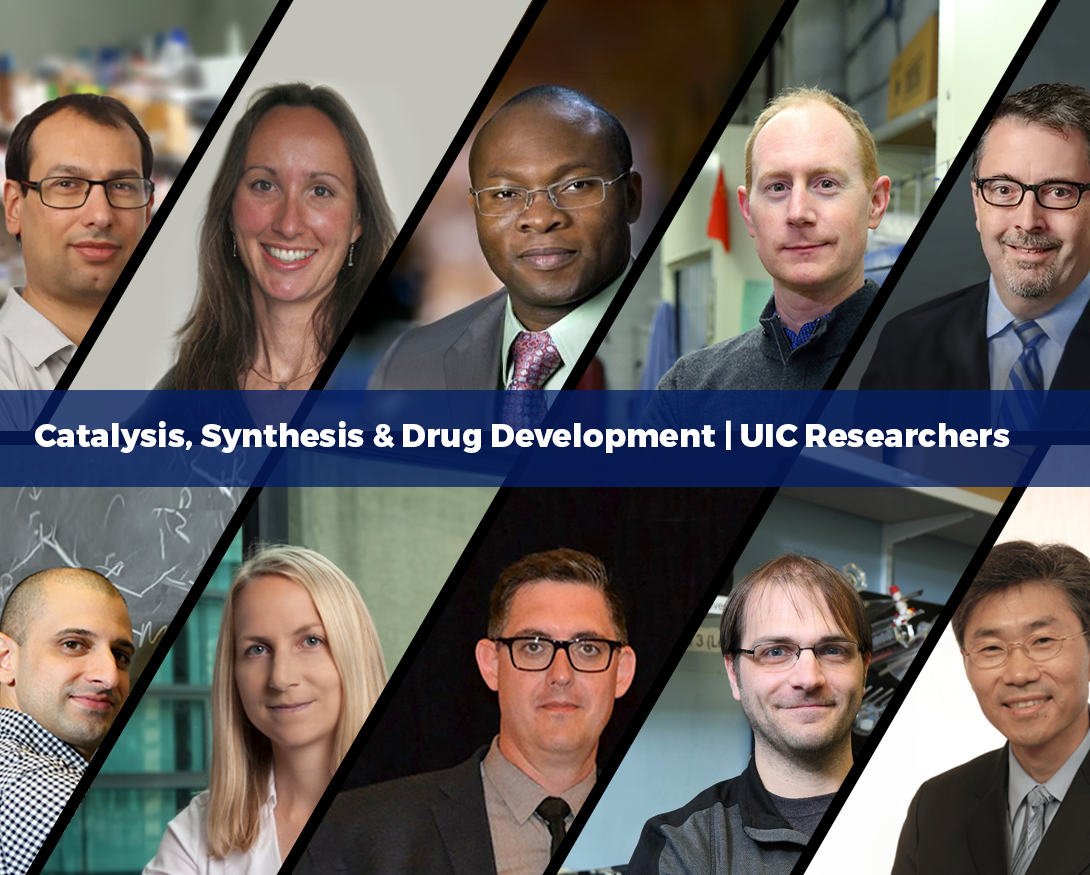
Catalysis research groups
Neal Mankad
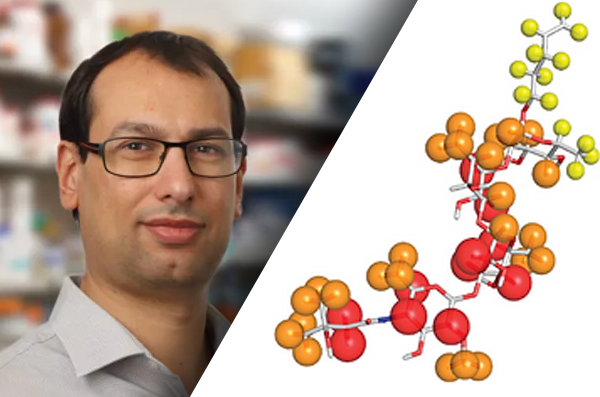
- Development of new chemoproteomic probes and platforms for target identification, focusing on hypervalent iodine-based reagents for bioorthogonal applications.
- Application of these probes to uncover and characterize the molecular targets of natural products, aiming to elucidate their mechanisms of action.
- Advancement of chemoproteomics-enabled drug discovery through novel synthetic routes, enabling rapid creation of diverse small molecule collections for screening in disease models.
- Identification of molecular targets for these small molecules using in-house chemoproteomic profiling methods, enhancing drug discovery efforts.
- Design and synthesis of small molecular weight (MW) covalent-reversible tags for specific cell surface proteins, facilitating the cellular uptake of otherwise impermeable cargos.
Laura Anderson
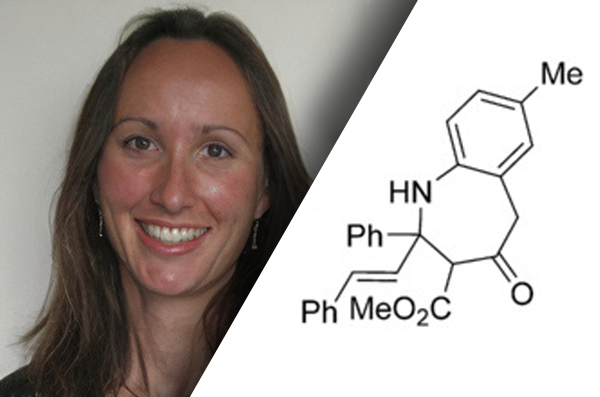
- The Anderson group designs new reactions to construct organic molecules that are inaccessible or challenging to prepare using available synthetic tools.
- We aim to support the demand for new molecular structures in medicinal and material applications by finding new ways to make C–C, C–N, and C–O bonds from simple starting materials.
- Cascade reactions are targeted to minimize waste involved with intermediate isolation and to engage unusual reactive intermediates in new reaction pathways.
- We focus on pericyclic reactions for their inherent stereoselectivity and catalysis for diverting reaction pathways and controlling absolute stereochemistry.
- We take a mechanistic approach to our work, using fundamental reaction characteristics to guide new discovery.
- The Anderson group cultivates an inclusive environment where student researchers can learn the fundamentals of synthetic chemistry, use their imaginations to apply these skills to important synthetic problems, and become professional synthetic chemists.
A. Jean-Luc Ayitou

Our laboratory is currently focused on developing new photochemical and photo physical methods and molecular systems for applications that lie at the intersection of:
- Solar energy conversion via non-linear photophysical processes
- Drug discovery and rapid structural derivation of bioactive molecules via metal-free photocatalysis
- Photo-medicinal chemistry
- Photometric sensing of heavy metal ions
- Organic materials for battery applications
Paul R Carlier
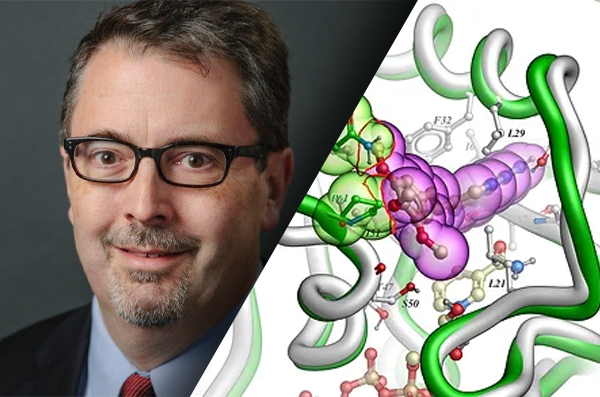
- Drug discovery for malaria and multi drug-resistant bacteria
- Development of chemoproteomic probes for drug target identification
- Organic synthesis
Tom Driver
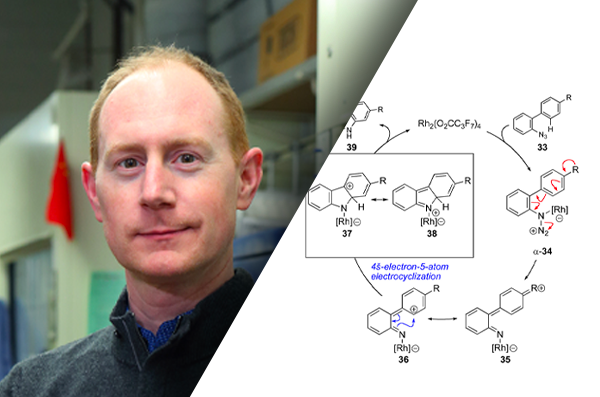
- Our research program is centered on the discovery and development of new reactivity modes of electrophilic reactive intermediates to both advance our fundamental understanding of these species, and to simplify and diversify the installation of CN, CC, and CO bonds in therapeutic N-heterocyclic scaffolds.
- Develop new catalytictransformations that unlock the reactivity embedded in nitro-groups, aryl amines, and azides to selectively construct new bonds
- ‚Develop new oxidative cata
- lytic reactions of aryl amines and aryl azides to in situ generate N-aryl metal nitrenes to construct privileged N-heterocycles
- ‚Develop novel reductive processes of nitroarenes that proceed via nitroarene radical anions or electrophilic nitrosoarenes
- Discover catalytic conditions that novel reactivity patterns in non-carbonyl stabilized carbene intermediates to enable construction of challenging CC and CO bonds
- Discover and develop small molecule therapeutics for the treatment and cure of pulmonary arterial hypertension
- Discover and develop small molecule NAMPT inhibitors and NAMPT activators for the treatment of vascular and neurological diseases
- My research training program is tailored to provide opportunities for students that inspire, teach, and mentor them to become independent, critical-thinking scientists to enable their professional development in chemistry.
Catalysis research groups
Neal Mankad
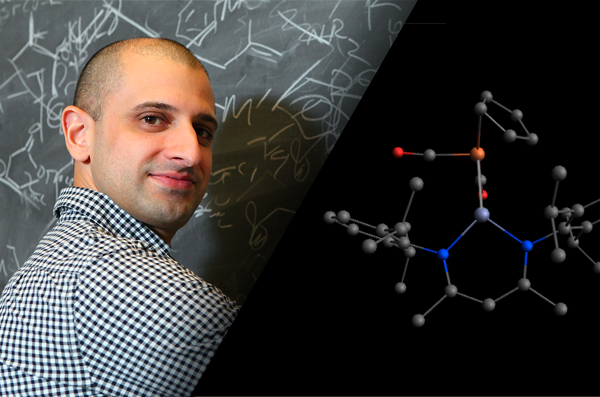
- What does nature use to catalyze energy conversion reactions?
- How can we replace precious metals with earth-abundant elements?
- How can we improve our energy storage devices?
Justin Mohr
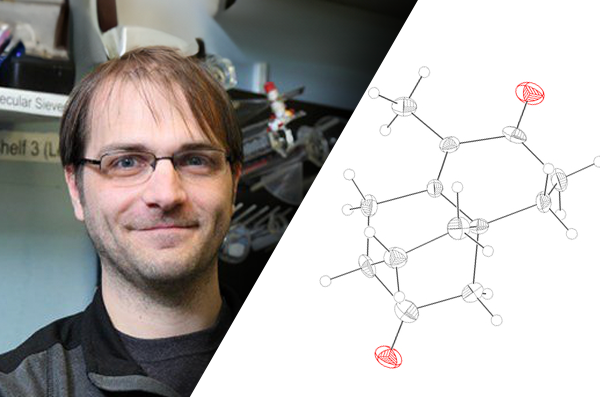
- Transition metal catalysis
- Radical chemistry
- Mechanistic study
- Natural product synthesis
Daesung Lee
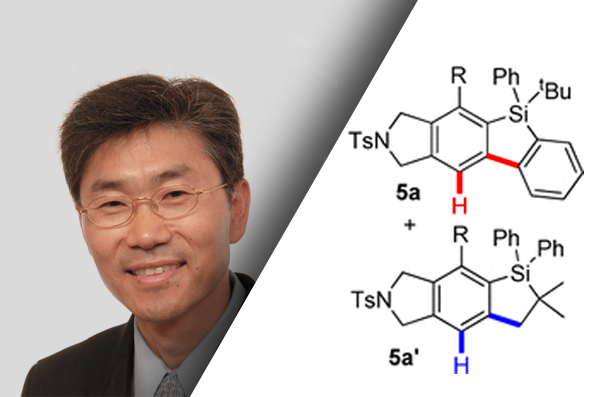
- Our research focuses on developing new synthetic methods and applying them to create structurally unique and biologically active natural products, with a specific interest in metal-catalyzed reactions to combine alkenes and alkynes, forming complex unsaturated molecules.
- We are exploring aryne formation from tri- and tetraynes, and utilizing their reactivity for novel transformations, as a significant area of our research.
- Investigating the reaction between lithiated trimethylsilyldiazomethane and unsaturated carbonyl compounds, followed by N–N bond proteolytic cleavage, aims to achieve formal 1,2-aminocyanation, crucial for synthesizing amino quaternary carbon-containing molecules like amathspiramides and massadine.
Alison Ondrus
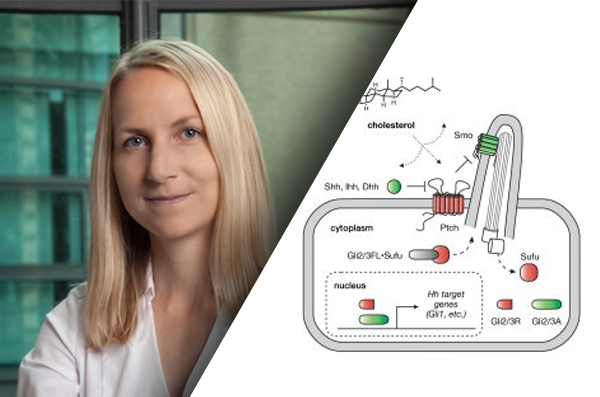
- Our lab uses a combination of synthetic, biochemical, and genetic tools to define how specific cholesterol metabolites wire and re-wire cellular pathways, with the ultimate goal of translating their structural code into new small molecule therapeutics.
Duncan Wardrop

Two major areas of interest
- Target-directed organic synthesis
- Electron-deficient, divalent reactive intermediates
- Chemistry of nitrenium ions and other electron-deficient nitrogen species
- Alkylidenecarbene generation and applications
- Medicinal chemistry
- Selective HDAC inhibitors to improve cancer immunotherapy